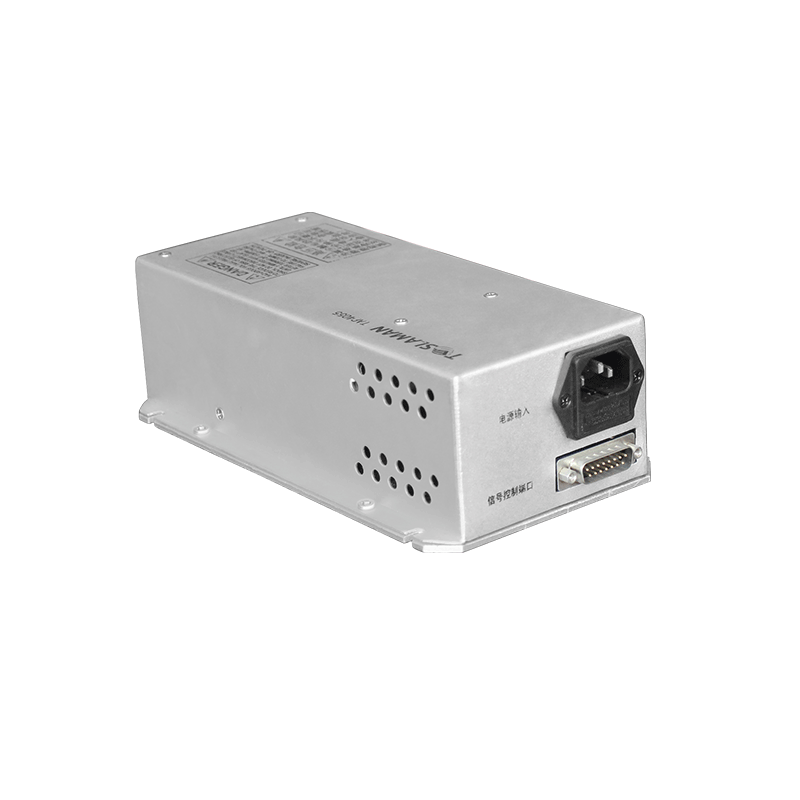Talking about the common heat dissipation methods of high voltage power supply
As far as the current design heat dissipation method of the power supply industry is concerned, the high-voltage power supply is different from the conventional module power supply. Most people probably think of various DC power supplies with converters, voltage regulators, and other power processing and power conversion functions. However, power management is much more than these functions, all power supplies heat up and all components must be dissipated due to inefficiency. Therefore, the power supply also involves thermal management, especially the heat dissipation of the power-related functional units. In addition, even if components and systems continue to operate within specifications, as component parameters drift, temperature increases can cause performance changes, which in turn affect the overall conversion efficiency of the power supply and the compliance of various performance indicators. Due to the small size, high integration and high output power of the current high-frequency high-voltage power supply, a large amount of heat will be generated during its operation. This heat needs to be removed in time to ensure the thermal stability of the power supply, so it has high requirements for heat dissipation performance. A good cooling system is an important prerequisite for ensuring stable performance and long-term reliability.
Common heat dissipation methods for high-voltage power supplies can be divided into air-cooled and liquid-cooled (oil-cooled and water-cooled). The main difference between air cooling and liquid cooling is that the heat dissipation medium is different. Air cooling is to dissipate heat through the air flow of the fan. According to different current or power levels, it supplies power devices inside the power supply, such as rectifier modules, resistors/inductors, transformers, etc. Liquid cooling is a way of taking heat out through immersion or circulating flow of water cooling or oil cooling, and circulating cooling effectively protects the core temperature. Different application environments and different maintainable measures have advantages and disadvantages. Different heat dissipation methods can be designed and matched, or air cooling and oil cooling can be combined. For example, in a confined space, air cooling is very limited, and it is more suitable to have no oil cooling circulation for heat dissipation.
Since 2014, Teslaman has launched an intelligent high-voltage power supply strategy, using full digital control, and then transitioning to an intelligent control state based on adaptive control and fuzzy control. In this way, it is fully adapted to the special needs of a large output adjustment range of high-voltage power supply, a wide range of applications, and ever-changing load types.
Teslaman is a professional manufacturer in the domestic high-voltage power supply industry, with completely independent intellectual property rights. Whether it is from professional development and design, or production and debugging, it checks at every level, and always puts product quality as the first priority. Our power supply products, User-friendly operation design interface, with both local panel control and remote control mode, convenient adjustment and setting index parameters and output status, with multiple protection functions. Carrying forward the spirit of craftsmanship, demonstrating the style of domestic high-quality high-voltage power supplies, and refining the market connection, Teslaman can provide industry users with more reliable and richer special high-voltage power supply products and professional services. Continuous breakthroughs in the field of energy application and development will contribute greater value to social development in the new era.



















